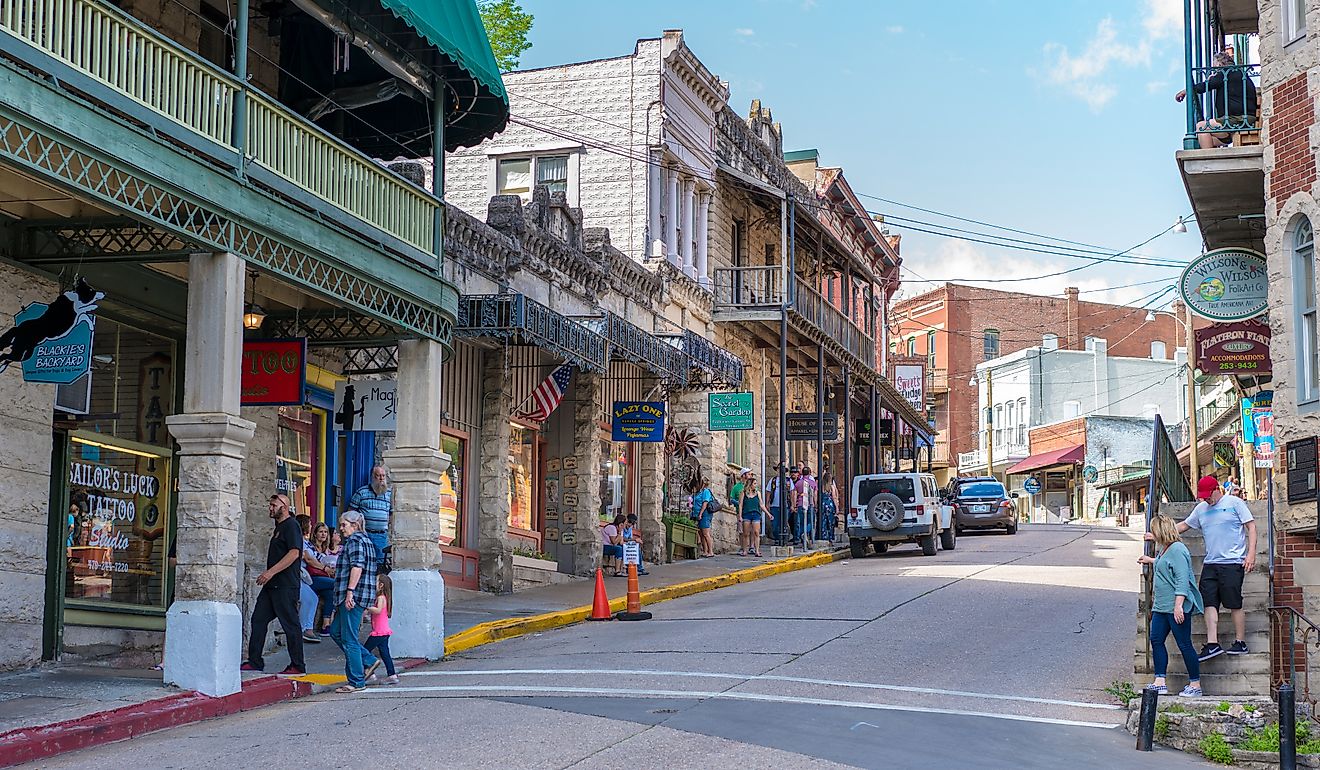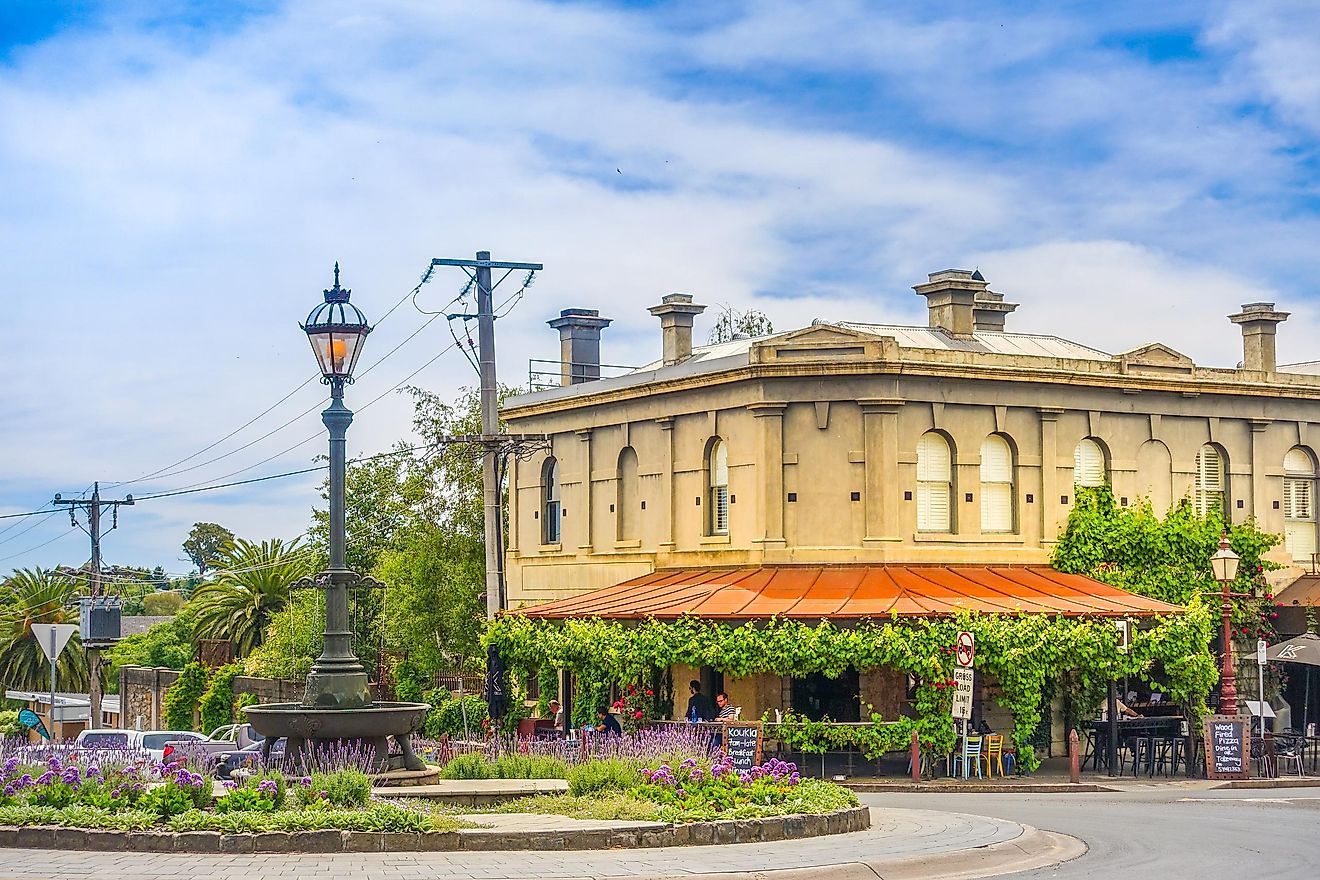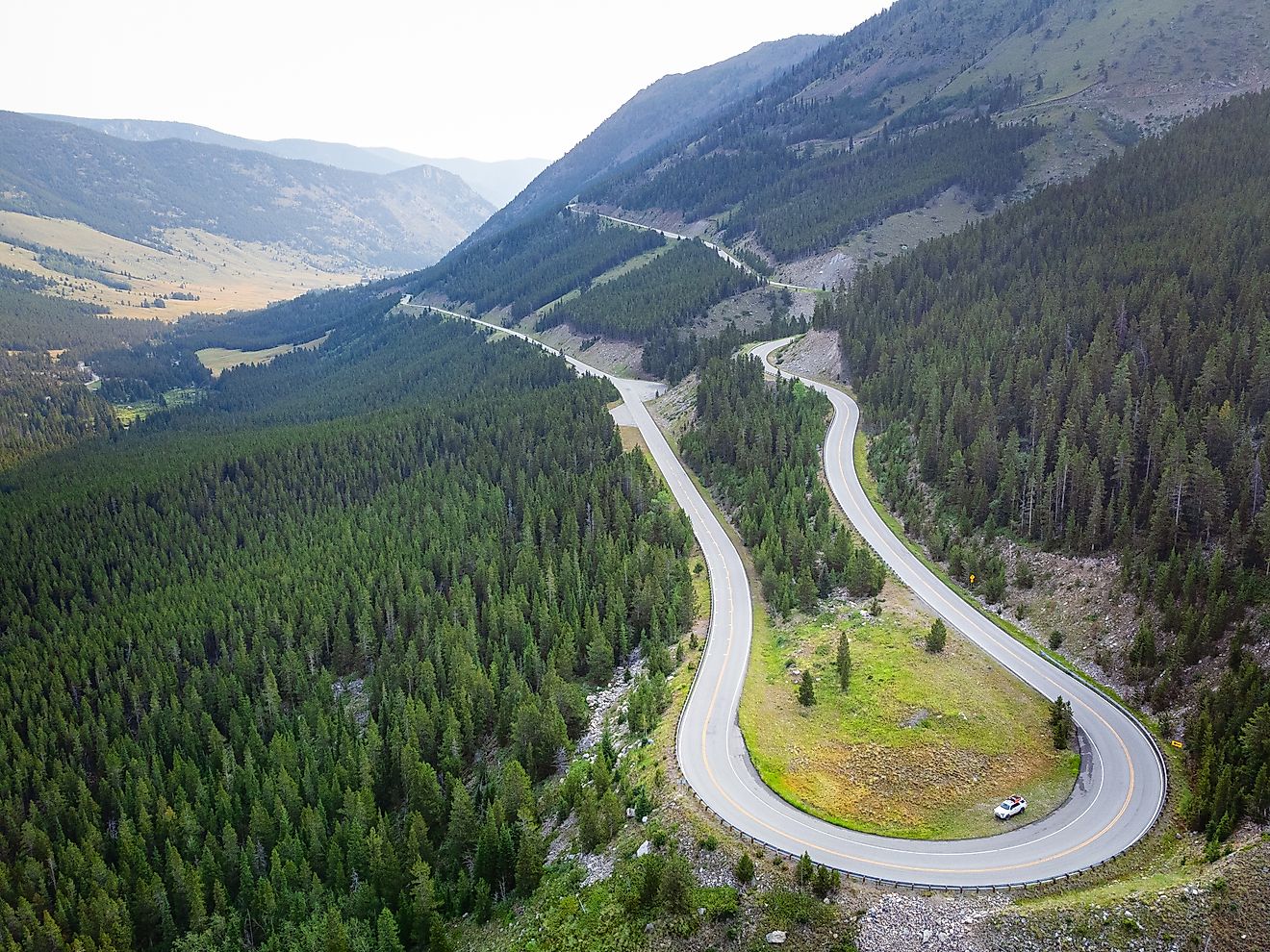The Seven Serbian Wonders of Construction

The Seven Wonders of Serbia contest was held in 2007 and 2008. The Politika Magazin organized the contest which was patronized by the Tourist Organisation of Serbia. Two lists were created, the "Seven Serbian Wonders of Construction” and the "Seven Serbian Wonders of Nature.” Here we present the winners of the "Seven Serbian Wonders of Construction”.
7. Subotica City Hall
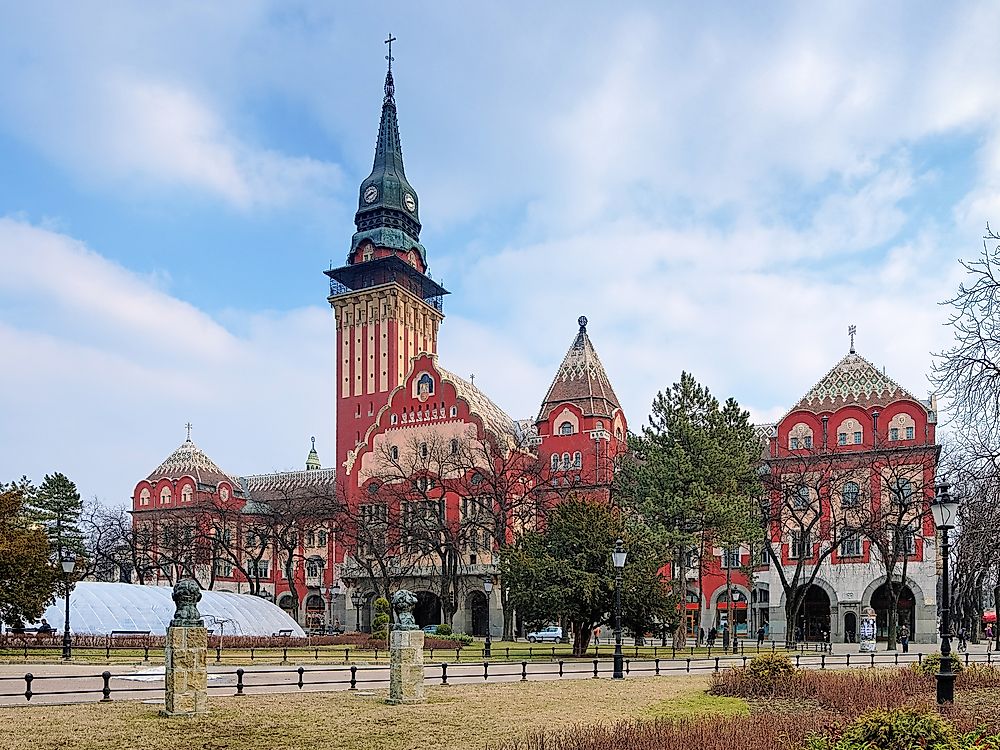
The Subotica City Hall is located in the city of Subotica. The city is famous for its host of buildings built in the art nouveau style. The most remarkable among these constructions is the City Hall and the Synagogue. The former was built between 1908 and 1910. The architects Marcell Komor and Dezső Jakab designed the building. The City Hall has a Blue Fountain and a magnificent park in the northern part. A marble porch leads to the first floor of the hall. Several halls with grand decor are present inside and are used for hosting important social and business events. Sixteen magnificent stained-glass windows enhance the beauty of the Grand Hall.
6. Church of Saint Sava

The Serbian Orthodox church of Saint Sava is located in Belgrade’s Vračar plateau. The church ranks among the biggest church buildings in the world. The church is dedicated to the founder of the Serbian Orthodox Church, Saint Sava, and was founded at the location where his remains were burned in 1595 by the Ottomans. A public contest was launched in 1905 to design the church but the applications received were not good enough to be accepted. The breakout of the Balkan Wars and the First World War stopped all further activities. After the wars were over, a contest was again held to select the design for the church and a submission by the architect Aleksandar Deroko was selected. The construction of the Saint Sava church finally began on May 10, 1935. The church has the form of a Greek Cross and is centrally planned. It is beautifully decorated with bell towers with 49 bells and domes with 18 gold-plated crosses of different sizes.
5. Visoki Dečani
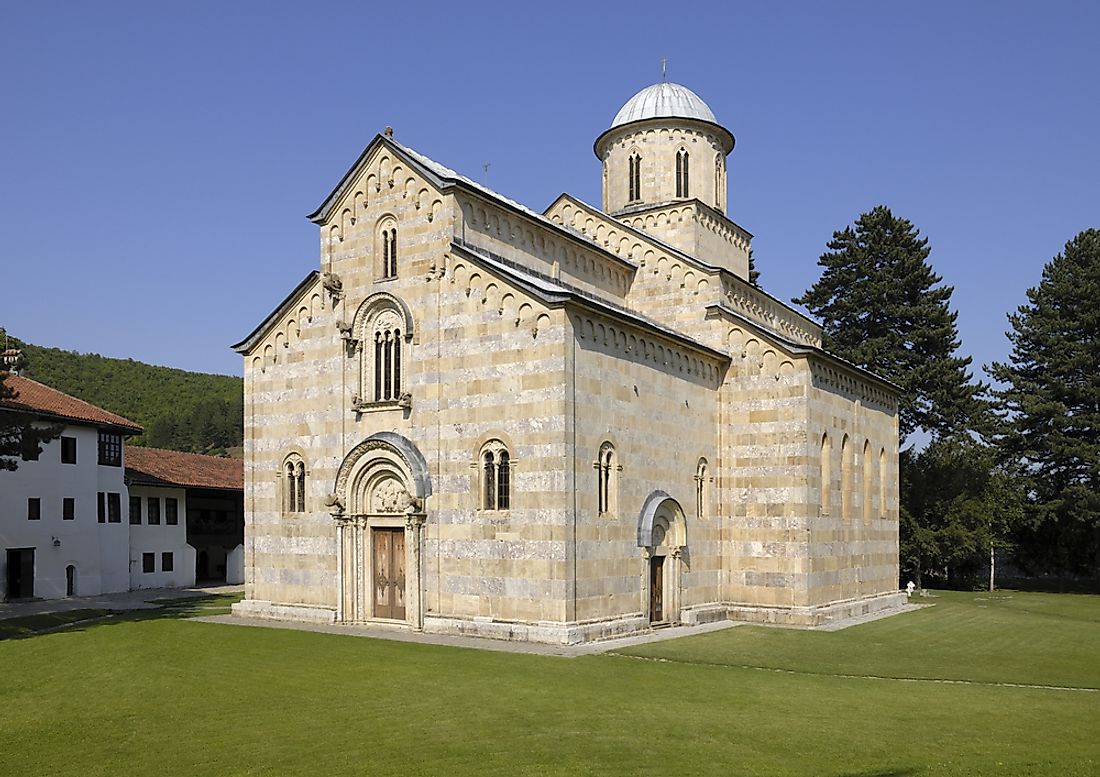
The medieval Serbian Orthodox Christian monastery, Visoki Dečani, is located near Dečani, Kosovo by the Dečanska Bistrica river gorge. The monastery was established by the Serbian king Stefan Dečanski in the early 14th century. The monastery has been declared as a Cultural Monument of Exceptional Importance in Serbia and is protected by law. It is also a part of the UNESCO World Heritage Site of the "Medieval Monuments in Kosovo”. The monastery is associated with centuries of regional history and was threatened with destruction by invading armies and new rulers several times in the past. However, it managed to survive such threats every time. More recently, during the Kosovo War from 1998 to 1999, the monks of the monastery sheltered refugees from all ethnicities. At one point of time, the monastery had to be closed down for visitors but has been reopened again.
4. Gamzigrad (Felix Romuliana)
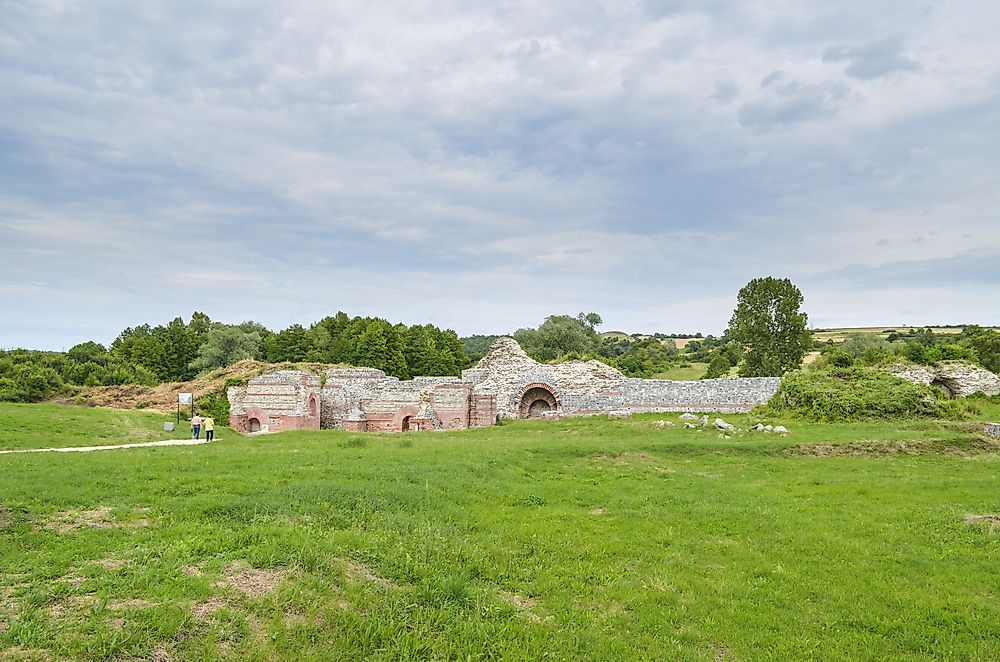
The Gamzigrad, one of the Seven Serbian Wonders of Construction, is a famous archeological site in Serbia that now also hosts a spa resort. It is located to the south of the Danube River close to the city of Zaječar. Gamzigrad houses the ruins of the Felix Romuliana, one of Europe’s most important late Roman period sites. The main site occupies an area of 10 acres. The ancient Roman ruins feature temples and palaces built during the rule of Emperor Galerius. The king named the site after his mother Romula who was a priestess of a pagan cult. The palaces and temples of the Felix Romuliana not only served as a symbol of Galerius’ power but also as a luxurious villa for him and as a place of worship of his mother. The site thrived till it was plundered by the Huns at about the middle of the 5th century. Farmers and craftsmen later lived in the region which was finally abandoned in the 7th century with the arrival of the Slavs. Recognizing the historical significance of the region of Gamzigrad, the UNESCO designated the site as a World Heritage Site in 2007. The monastery is associated with centuries of regional history and was threatened with destruction by invading armies and new rulers several times in the past. However, it managed to survive such threats every time.
3. Studenica monastery
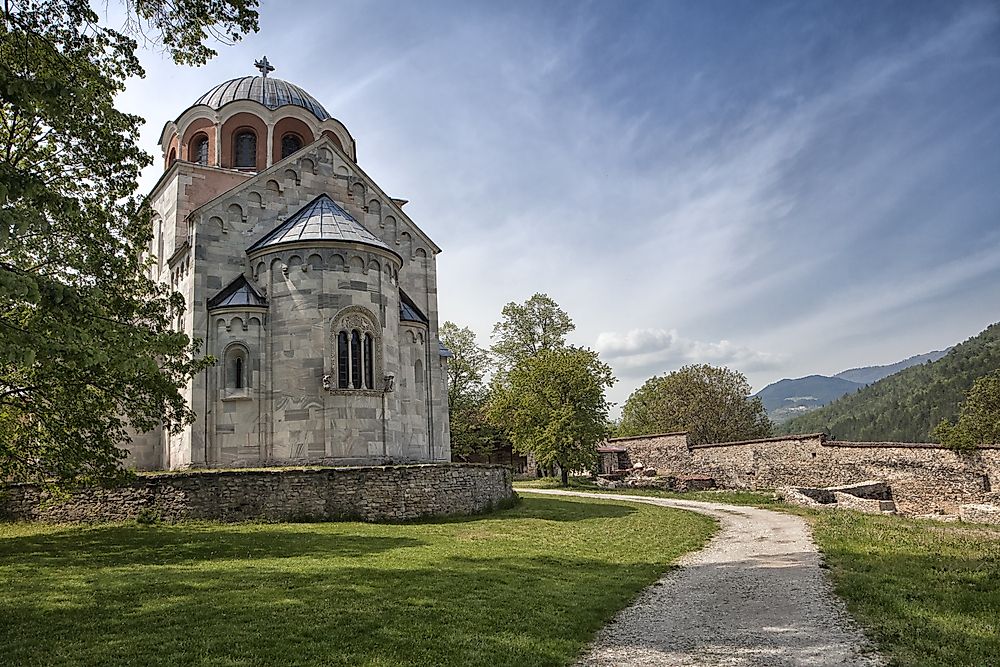
The Studenica Monastery is a Serbian Orthodox monastery built in the 12th century. It is located 39 km southwest of Kraljevo in central Serbia. Two white marble churches, the Church of the King and the Church of the Virgin are part of the monastery complex. The 13th and 14th-century Byzantine-style fresco paintings of the monastery are quite well known. The Studenica Monastery was inscribed as a World Heritage Site by UNESCO in 1986.
2. Šargan Eight
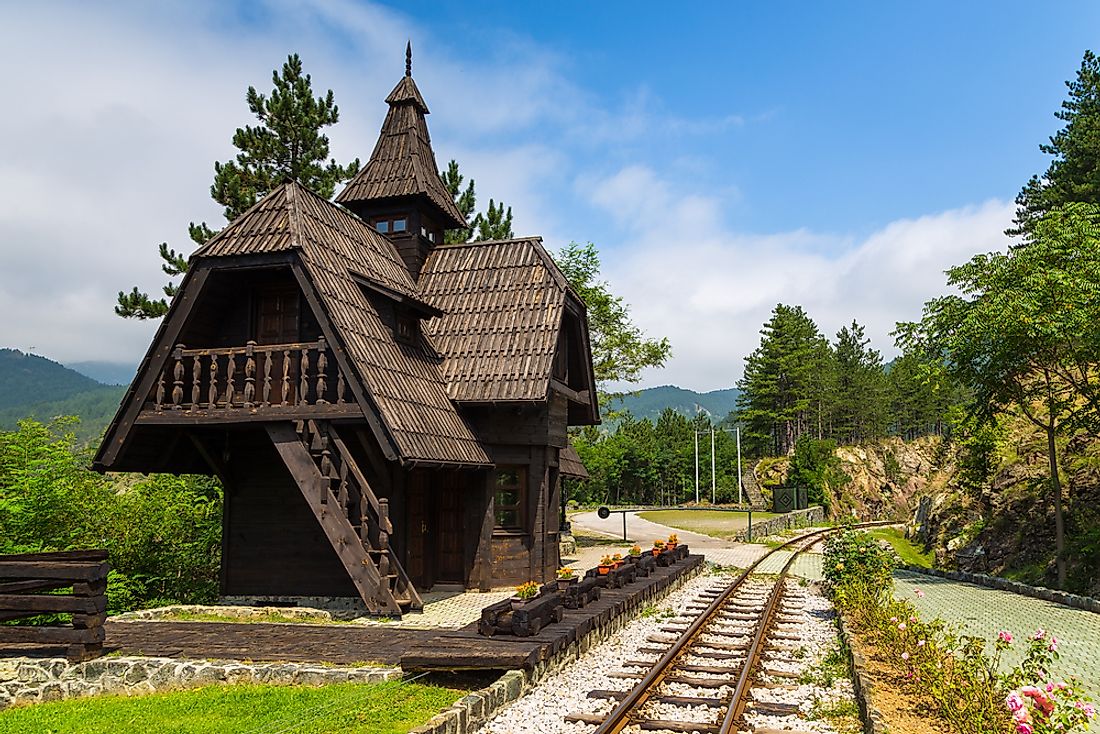
The Šargan Eight is a heritage railway in Serbia that runs from the Mokra Gora village to the Šargan Vitasi station. The narrow-gauge railway was built in 1925. A major attraction near the Šargan Eight railway station in Mokra Gora is the town of Drvengrad. The town has a very interesting history. It was built as a traditional village for a film directed by the famous Serbian film director Emir Kusturica. The film was entitled Life Is a Miracle.
1. Belgrade Fortress

The Belgrade Fortress is located at the confluence of the Danube River with the River Sava atop a 125.5-meter high ending ridge in Belgrade, Serbia. The fortress consists of the old citadel featuring the Upper and Lower Town, as well as Kalemegdan Park. The government of Serbia designated the fortress as a Monument of Culture of Exceptional Importance in 1979 and it is currently protected by law. It is also the most visited tourist attraction in the city of Belgrade and offers the most picturesque natural lookout in Belgrade. The history of the Belgrade Fortress is as old as the history of the city itself since, for centuries, the population of the city was confined to within the walls of the fortress. The fortress is witness to years of Serbian history and was occupied and invaded several times in the past by different powers ruling the region. The Kalemegdan park associated with the Belgrade Fortress is the most popular park among both the residents of Belgrade and tourists who visit the city. It is equipped with shaded benches, beautiful fountains, historical architecture, winding paths, and scenic views of the riverside. Several open-air concerts are held in the grounds of the fortress.
The Seven Serbian Wonders of Construction
| Rank | Wonder | Location | Date Of Construction |
|---|---|---|---|
| 1 | Belgrade Fortress | Belgrade | AD 535 |
| 2 | Šargan Eight | Šargan to Mokra Gora | 1925 |
| 3 | Studenica monastery | Near Kraljevo, Raška District | 1196 |
| 4 | Gamzigrad (Felix Romuliana) | Near Zaječar, Zaječar District | AD 298 |
| 5 | Visoki Dečani | Near Peć, Peć District, Kosovo | 1327 |
| 6 | Church of Saint Sava | Vračar, Belgrade | 1989 |
| 7 | Subotica City Hall | Subotica | 1908–10 |





